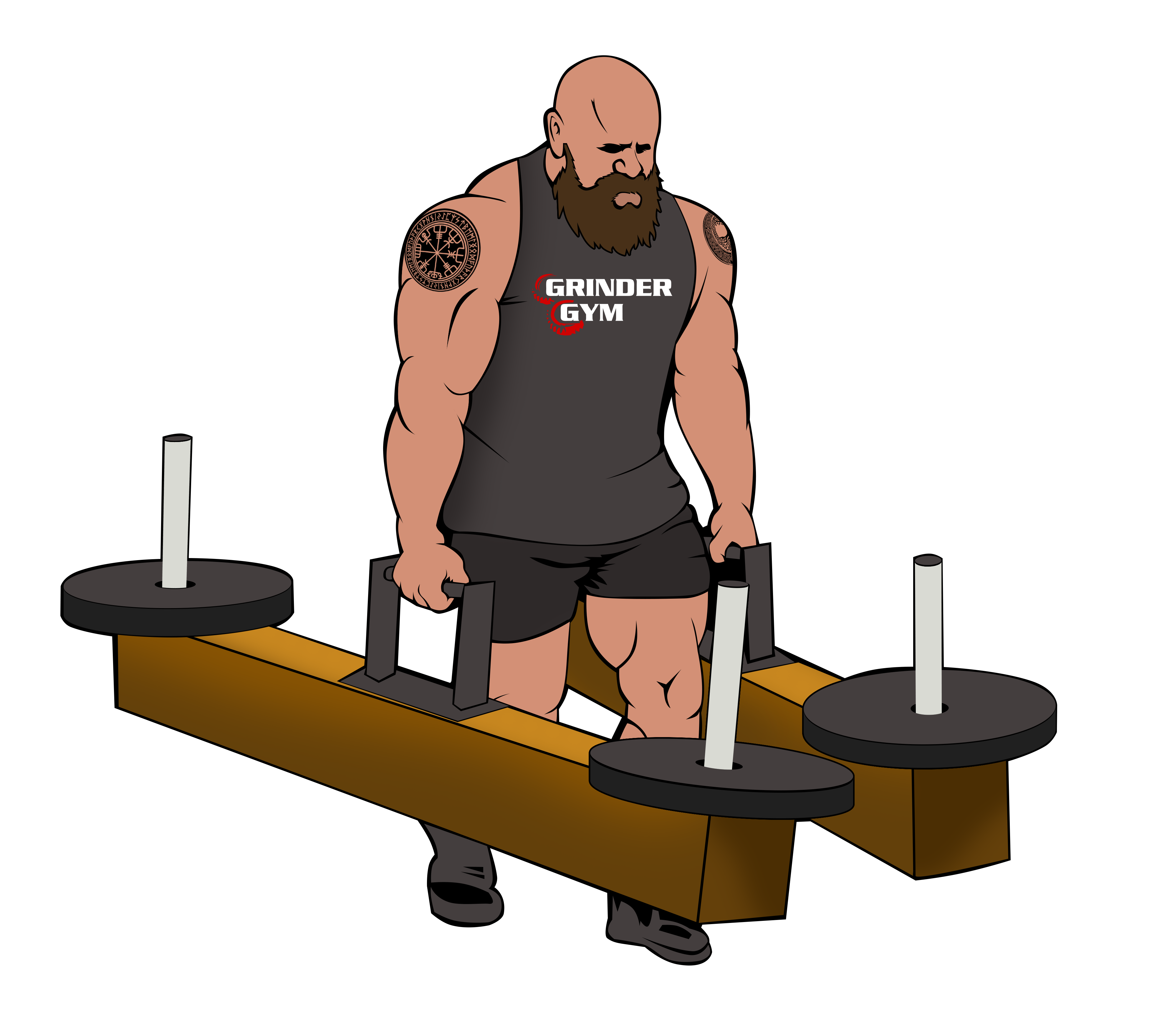There are programs out there that recommend having one or more very high-calorie days a week to confuse the metabolism. This is commonly referred to as calorie cycling. My clients often ask me if this approach is effective. My answer is a resounding “YES!” Manipulating your caloric intake is a great way to gain muscle mass and lose fat.
What is calorie cycling? The general idea behind calorie cycling, calorie shifting, and Zig Zag dieting is that you can lose weight at a faster pace by shocking your body out of its status quo, so to speak. You can do this without having to go through the hardships of a traditional diet plan that typically restricts your calories and carbohydrates.
With calorie cycling, you are essentially tricking your body into thinking you aren’t dieting. By doing so, your body doesn’t clue in that you’re eating less than what is needed, which it would generally take as a signal to go into fat storage mode thinking you want to starve it. Instead, you are able to keep your metabolism high so your body burns more fat and calories as energy, ultimately leading to greater weight loss.
Caloric cycling is also helpful for those individuals who have hit a weight loss plateau and have found it difficult to break through it. Many individuals who have used such an approach have reported experiencing greater overall fat loss, and have encountered fewer weight loss plateaus.
How does it work?
Most calorie cycling plans span a seven-day period, which includes low and high-caloric intake days. You eat the same number of calories needed in a week to lose weight, just not the same amount each day. Low caloric days are those days when your caloric intake will dip below what your body would normally require to maintain its current weight. This is generally anywhere from one-half to two-thirds of your baseline caloric intake. These days, you should eat low-calorie foods that are high in nutritional value, such as vegetables and other fiber-rich foods, and plenty of lean protein.
On high-caloric days, you can consume larger portions. Some plans even allow you the ability to eat your favorite foods. You can consume more calories than you would typically need on these days. For women, you can generally consume between 1,200 and 1,800 calories, and men can eat between 1,800 and 2,400 calories.
Calorie cycling and even the carb cycling approach can work for most people who follow such a program, though it is not because of some secret magic formula for jump-starting your metabolism. You will still need to limit your caloric intake and incorporate exercise into the plan. Furthermore, you will need also to adopt a new healthier lifestyle in order to experience long-term weight loss.
The good news is that if you don’t like counting calories, I have built nutrition programs that allow people to follow such a plan without having actually to count each calorie consumed. If you are interested in learning more, send me an email.
